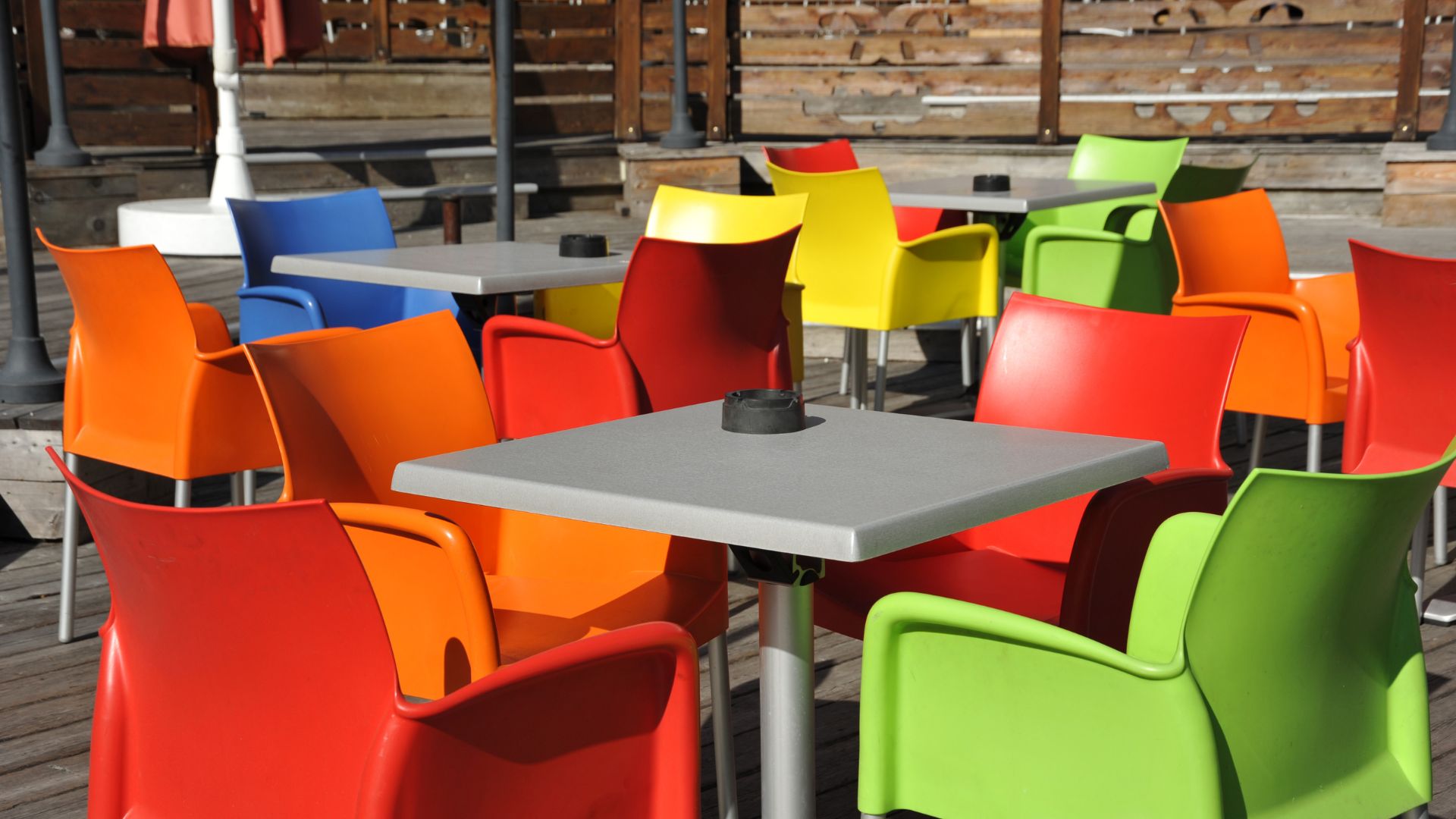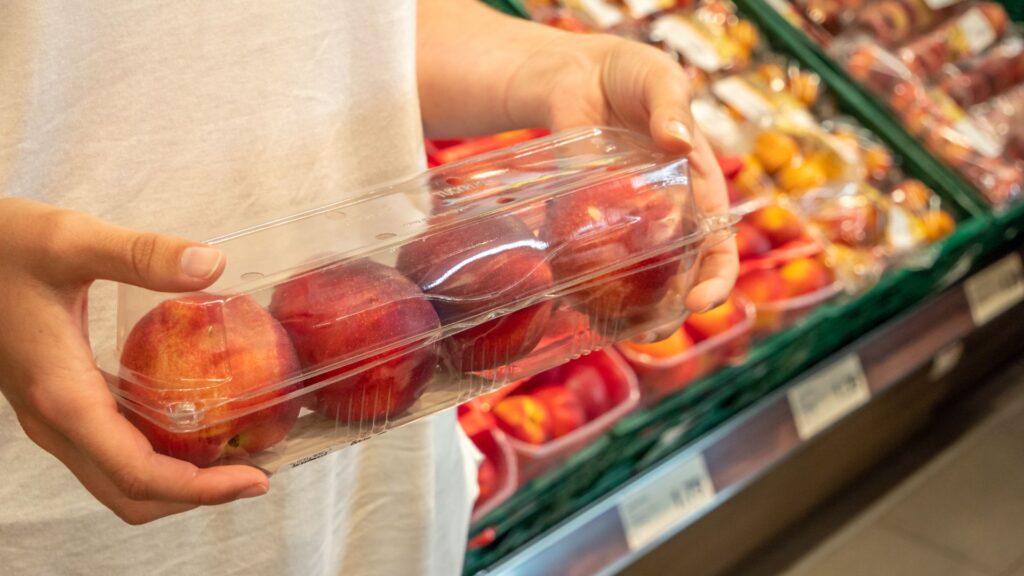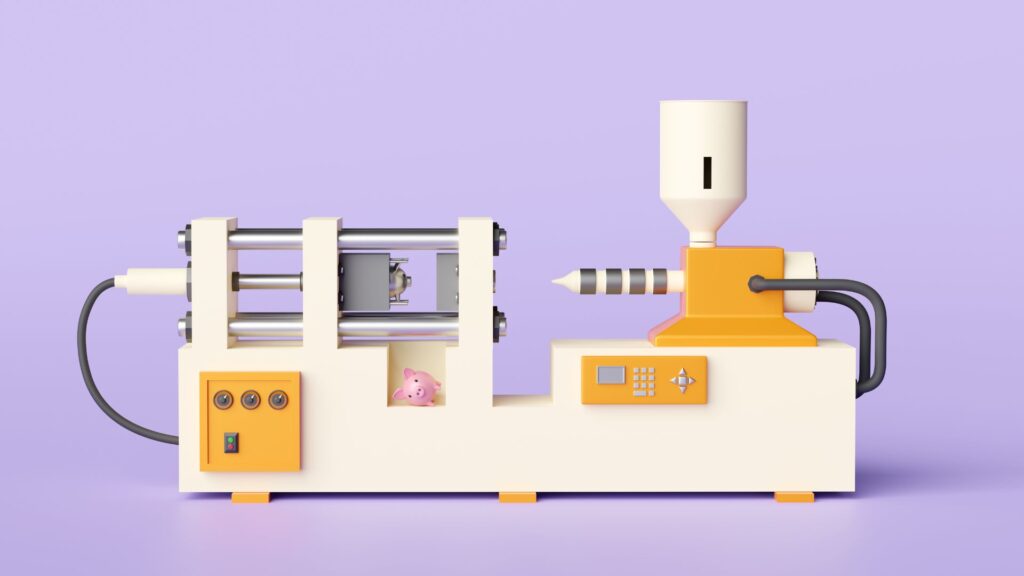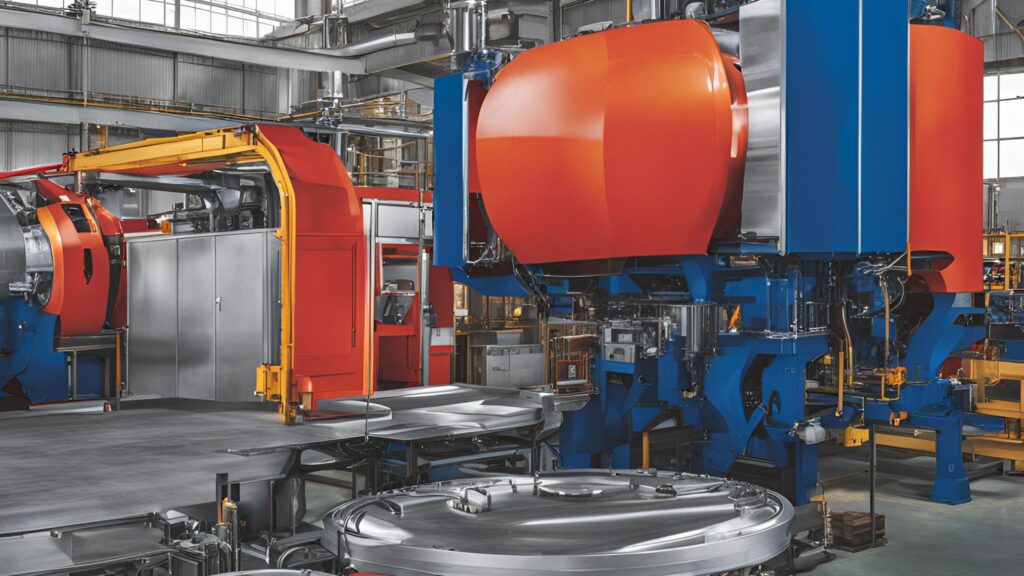Rotomolding, a popular plastic molding technique, is popular due to its ability to produce high-quality and durable products. It is a versatile process that produces a wide range of products, from complex industrial parts to simple toys. This article explores the basics of rotational molding (roto-molding) and its benefits.
On Wikipedia, the rotational molding process is described as involving “a heated mold which is filled with a charge or shot weight of the material. It is then slowly rotated (usually around two perpendicular axes), causing the softened material to disperse and stick to the walls of the mold forming a hollow part. In order to form an even thickness throughout the part, the mold rotates at all times during the heating phase, and then continues to rotate during the cooling phase to avoid sagging or deformation.”
What is Roto-molding?
Roto molding, also known as rotational molding or rotocasting, is a plastic molding technique that involves using a mold that rotates on two axes. This process creates a uniform and consistent thickness throughout the product, which results in a high-quality and durable final product.
The roto-molding process begins by loading a mold with a measured amount of plastic. The mold is then placed in an oven and rotated on two axes, ensuring the plastic material distributes throughout the mold. As the mold is heated, the plastic material begins to melt and form into the mold’s shape. Once the mold heats to the desired temperature, it is removed from the oven and allowed to cool.
Benefits of Rotomolding
There are many benefits to using roto molding as a plastic molding technique. To name a few, here are some of the key benefits:
- High-Quality and Durable Products: Undoubtedly, rotomolding creates high-quality and durable products due to the uniform and consistent thickness of the plastic material. The roto-molding process results in strong, resilient products resistant to damage.
- Versatile: Rotomolding produces various products, from complex industrial parts to simple toys. Fortunately, this versatility means that roto-molding is for multiple applications, including consumer goods, agriculture, and transportation.
- Cost-Effective: Certainly, rotomolding is a cost-effective plastic molding technique. The process requires minimal tooling and can produce large quantities of products in a single cycle. This results in lower costs and increased efficiency.
- Environmental Friendly: Rotomolding is an environmentally friendly plastic molding technique. The process produces minimal waste, and the products made are recyclable.
Everyday Items Made from Rotomolding
Used in many common applications, rotomolding creates hollow plastic parts. However, it’s less common than other plastic processes like injection molding. To name a few items made from rotational molding, we compiled a list for you
- Storage Tanks: Rotomolding manufactures storage tanks for water, chemicals, and other liquids.
- Playground Equipment: Many outdoor playground components, such as slides, swings, and climbing structures. This type of playground equipment is durable.
- Kayaks and Canoes: For sporting enthusiasts, these watercraft made from roto molding are a single piece of seamless construction, essential for water-tightness.
- Traffic Barriers and Cones: Rotomolded plastics’ durable and impact-resistant nature makes them suitable for producing traffic safety equipment.
- Coolers and Ice Chests: Not to be overlooked, some high-end coolers and ice chests use roto molding for excellent insulation and durability.
- Outdoor Furniture: Some patio chairs, tables, and other outdoor furniture use this process because it can create sturdy, weather-resistant pieces.
- Automotive Components: Some automotive parts, like air ducts, fuel tanks, and mud flaps, are produced using roto molding due to their ability to create complex shapes.
- Containers and Bins: Also on the list, we include plastic bins, crates, and containers used for storage or transportation.
- Septic Tanks: Rotomolding produces septic tanks to create large, durable, watertight containers.
- Custom Cases: Cases for sensitive equipment such as musical instruments, medical devices, and electronics can be custom-made using roto molding to provide protection and cushioning. For example, Pelican cases are highly popular for guns, cameras, and even everyday use.
- Toys: Also, some children’s toys, significantly larger items like toy chests and playhouses, are manufactured through rotomolding.
- Lawn and Garden Equipment: For outdoor enjoyment, items like garden planters, compost bins, and wheelbarrows use this process.
- Floatation Devices: Rotomolding creates various floatation devices, such as lifebuoys and pool noodles.
- Animal Housing: Another common find, animal shelters. Dog houses, and livestock feeders are sometimes made using rotomolding because of their durability and ease of cleaning.
- Custom Industrial Parts: In industrial applications, roto molding creates custom parts for machinery and equipment, often in cases where metal or other materials may not be suitable.
These are just a few examples of everyday items manufactured using roto-molding. The versatility of the process makes it suitable for a wide range of applications.
Serving Your Most Challenging Rotational Molding Needs
In conclusion, roto-molding is a versatile, cost-effective plastic molding technique that produces high-quality, durable products. To learn more about the rotomolding process, we invite you to check out one of our recent articles that answers the question, “What Is Rotomolding?” At Lone Star Chemical, we provide our customers with the best possible solutions for their needs. With your success in mind, we offer two separate grades. Our products are based on our exceptional expertise with metallocene catalysis. Contact us today to learn more about our rotomolding services and how we can help you achieve your goals.




